The evolution of bathroom storage solutions has seen significant progress over the years. Among the popular storage innovations, wall-mounted shelves have become a central feature in modern bathrooms. These shelves serve a practical function while also contributing to the aesthetics of the space. The bathroom wall-mounted shelf began as a simple functional tool and has since transformed into an essential, space-saving design element. But how exactly has the development of bathroom wall-mounted shelves unfolded?
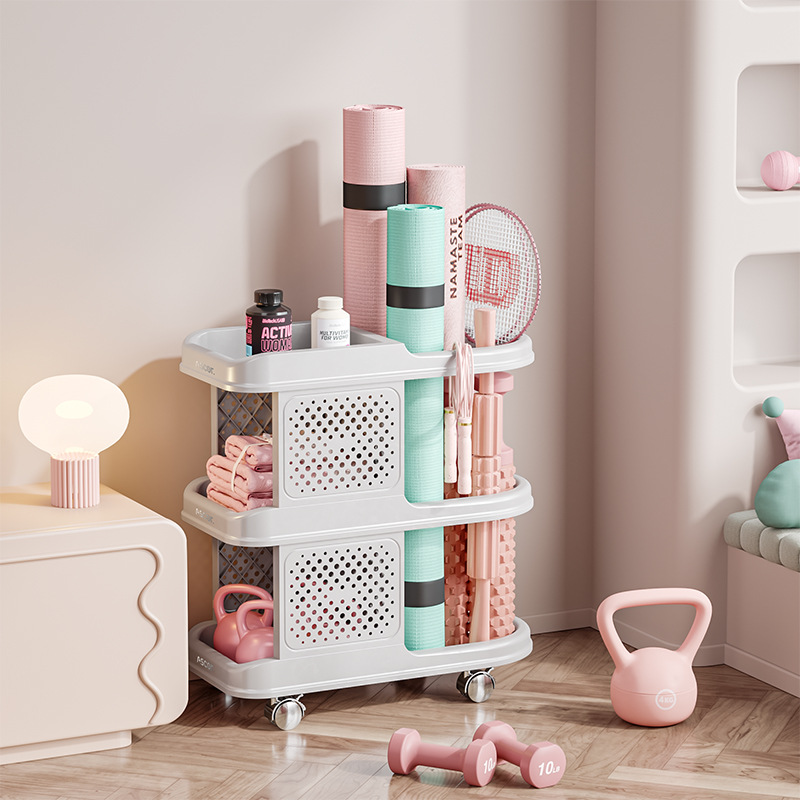
Early Beginnings: Basic Shelves for Storage
In the early days, bathrooms lacked the sophisticated storage solutions we see today. People would often rely on simple wall-mounted wooden shelves, which were functional but not always efficient in space. These early shelves were often bulky, which limited their placement options. In addition, they were primarily used for storing towels, toiletries, and other bathroom essentials.
The design of bathroom wall-mounted shelves was relatively basic, with few aesthetic considerations. They were seen as a practical necessity, rather than an element that contributed to the overall style of the bathroom. The materials used for these shelves were typically wood or metal, which made them durable but not as versatile as the options available today.
Advancements in Material and Design
As bathroom design evolved, so did the materials and styles of wall-mounted shelves. The introduction of plastic and glass as construction materials marked a significant shift. Plastic bathroom shelves became popular because of their lightweight nature, durability, and resistance to water, making them ideal for use in bathrooms. The wall-mounted plastic shelves were easy to install and maintain, making them a popular choice for homeowners.
In addition to functionality, modern bathroom wall-mounted shelves began to incorporate more aesthetically pleasing designs. Sleek, minimalist shelves made from acrylic or tempered glass became more widely used, offering a clean and contemporary look. These shelves were not only practical but also added a touch of elegance and sophistication to the bathroom.
The concept of plastic hanging shelves for bathrooms is relatively new compared to other bathroom storage solutions, but their development has quickly gained traction among homeowners. These shelves are lightweight, durable, and, perhaps importantly, easy to install, which has made them a favorite in modern bathrooms. The introduction of plastic hanging shelves has transformed the way people approach bathroom organization, offering both practicality and style.
Early Design and Introduction of Plastic Materials
Before the rise of plastic hanging shelves for bathrooms, people primarily used metal, wood, or ceramic for bathroom storage. While these materials were durable, they often posed issues related to rusting, moisture absorption, or the need for frequent cleaning. The plastic hanging shelf emerged as a solution to these problems, thanks to plastic's inherent resistance to moisture and ease of maintenance.
Initially, plastic hanging shelves were simple designs, usually featuring a single tier for holding basic bathroom items like soaps, sponges, and toiletries. These shelves were generally mounted using adhesive strips, hooks, or screws, making them easy to set up without requiring significant installation effort. Because of their affordability and practicality, plastic hanging shelves quickly became popular in bathrooms of all sizes, especially in smaller spaces where space optimization was crucial.
Evolution and Popularity of Modular Designs
As bathroom storage needs became more sophisticated, so did the design of plastic hanging shelves. Manufacturers began offering modular designs that allowed homeowners to customize their shelves according to their preferences. These shelves often featured interlocking components that could be stacked or rearranged to accommodate different items. The modular plastic hanging shelves allowed people to adapt their bathroom storage to their ever-changing needs, whether for toiletries, cosmetics, or even cleaning supplies.

 English
English 中文简体
中文简体


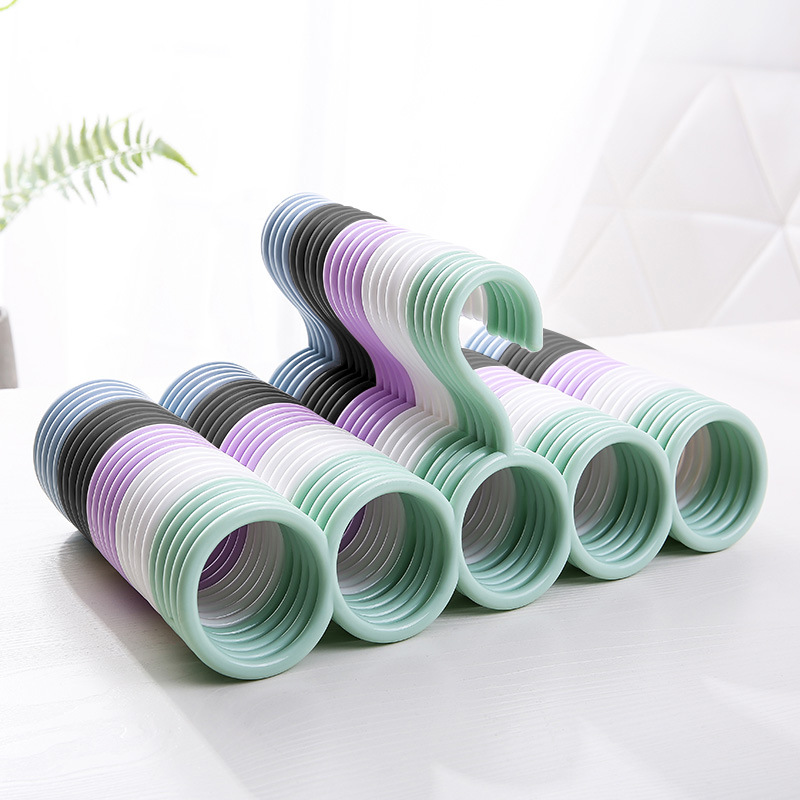
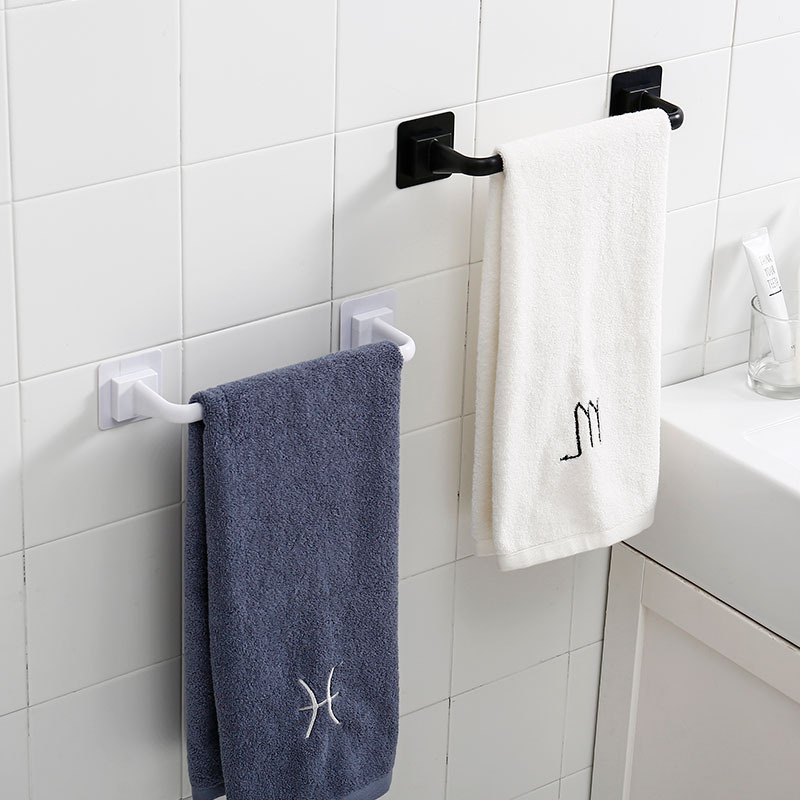
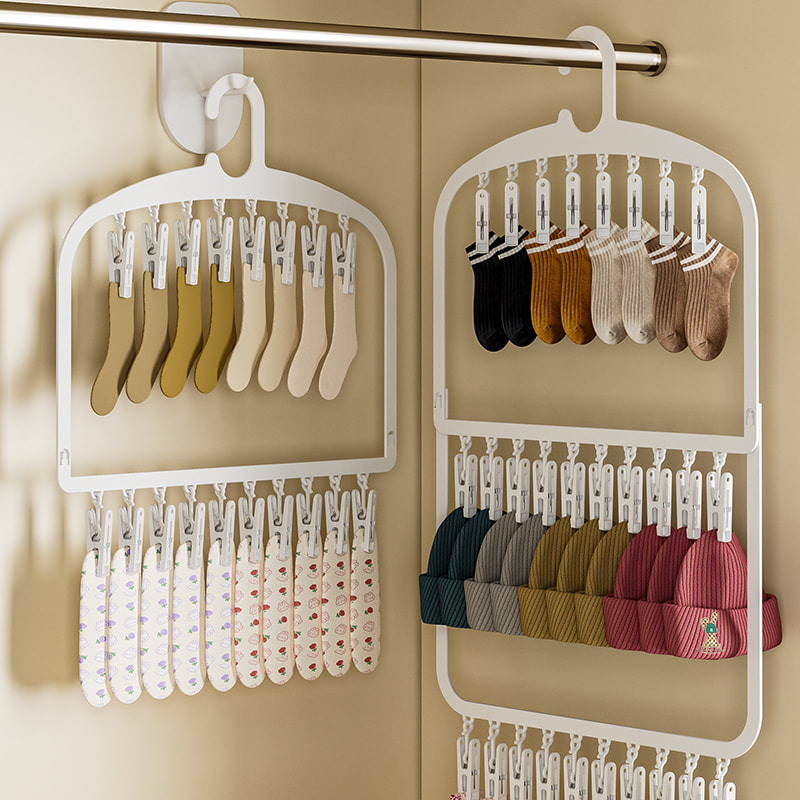
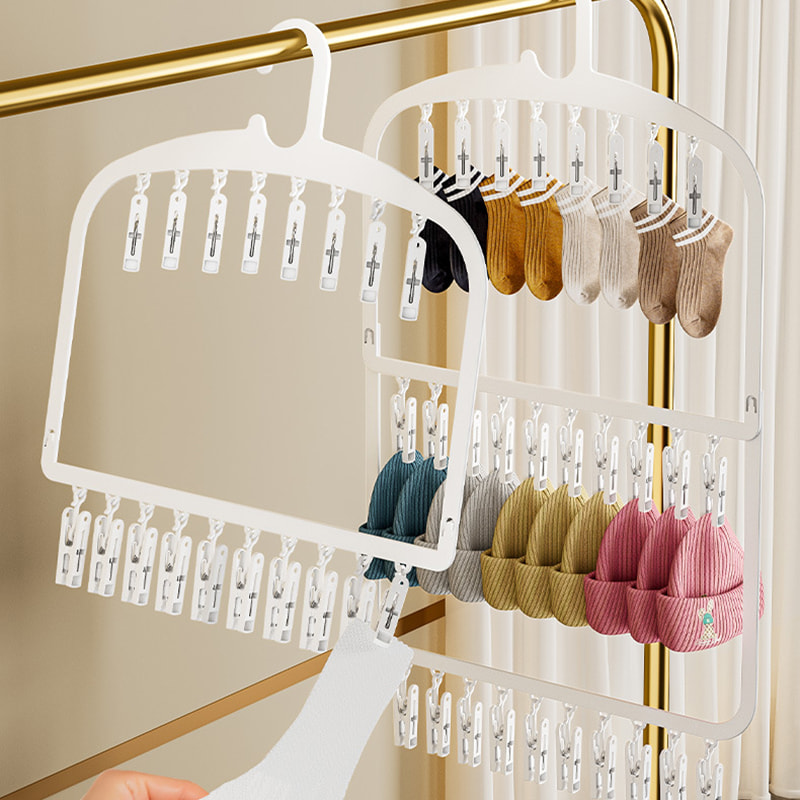
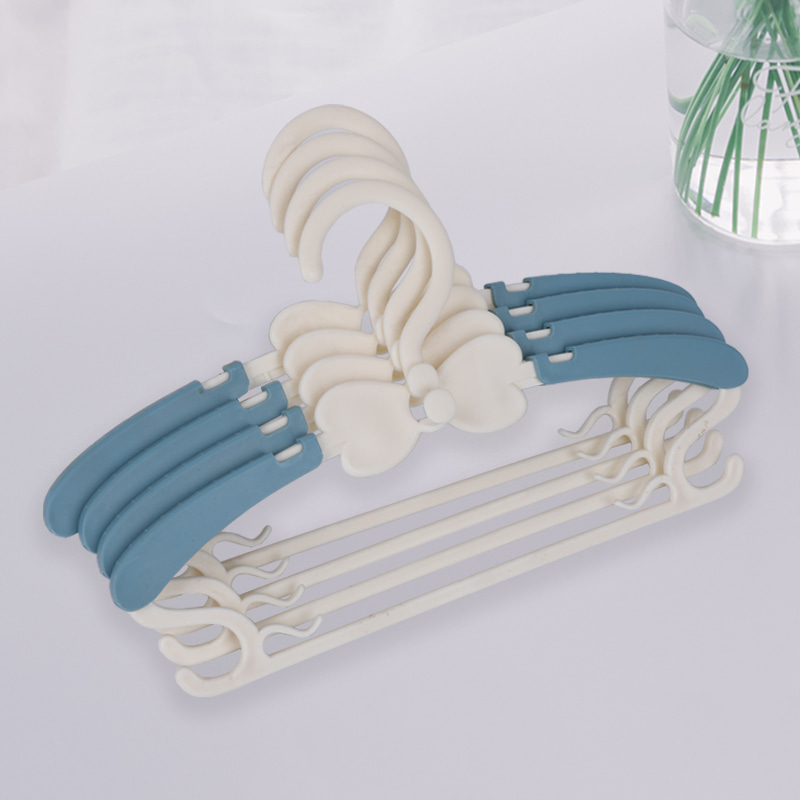
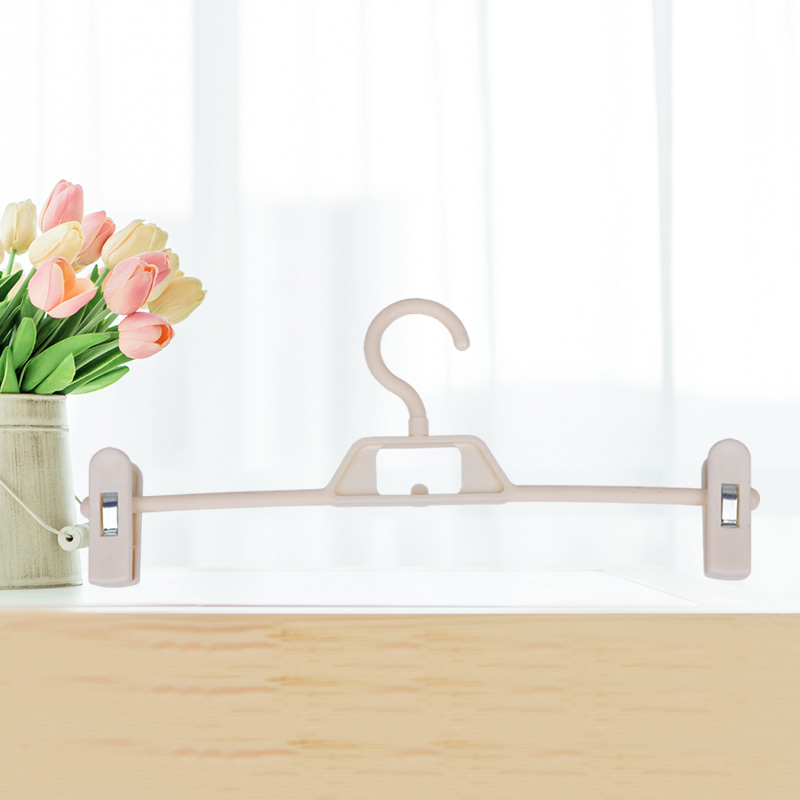
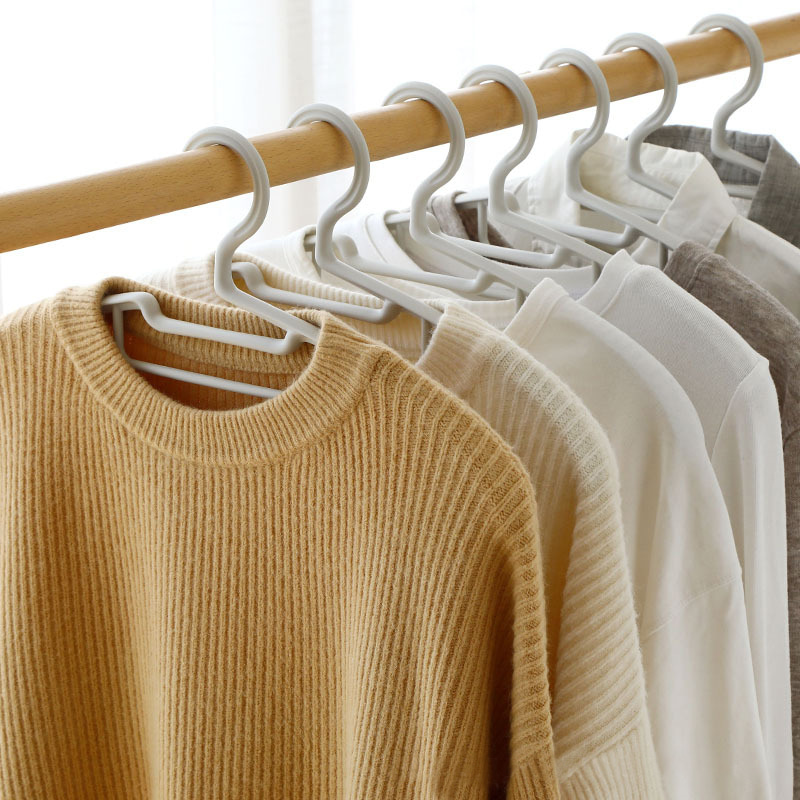
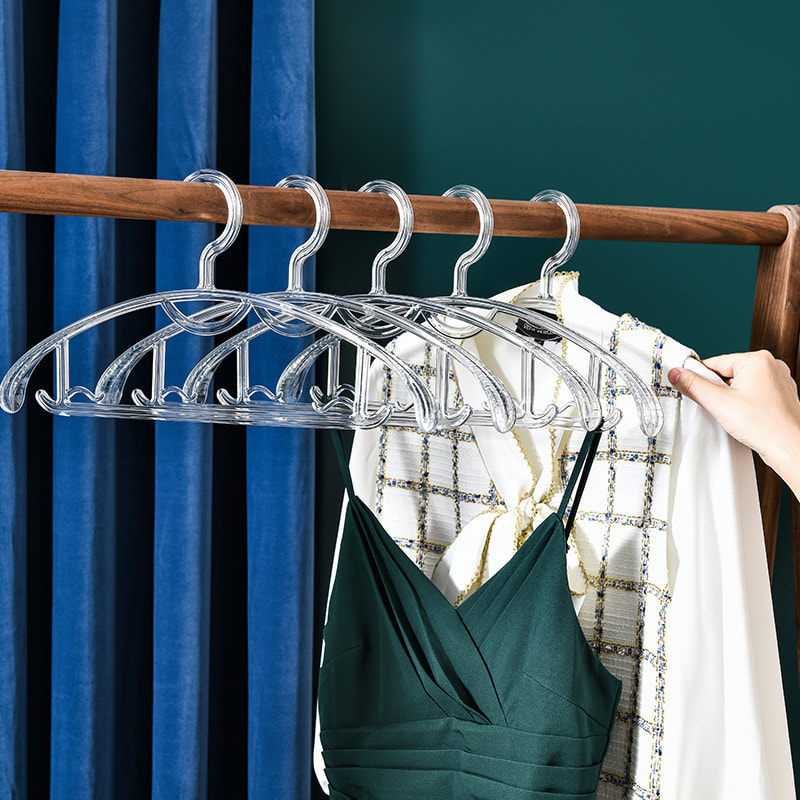
 Phone
Phone
 Email
Email